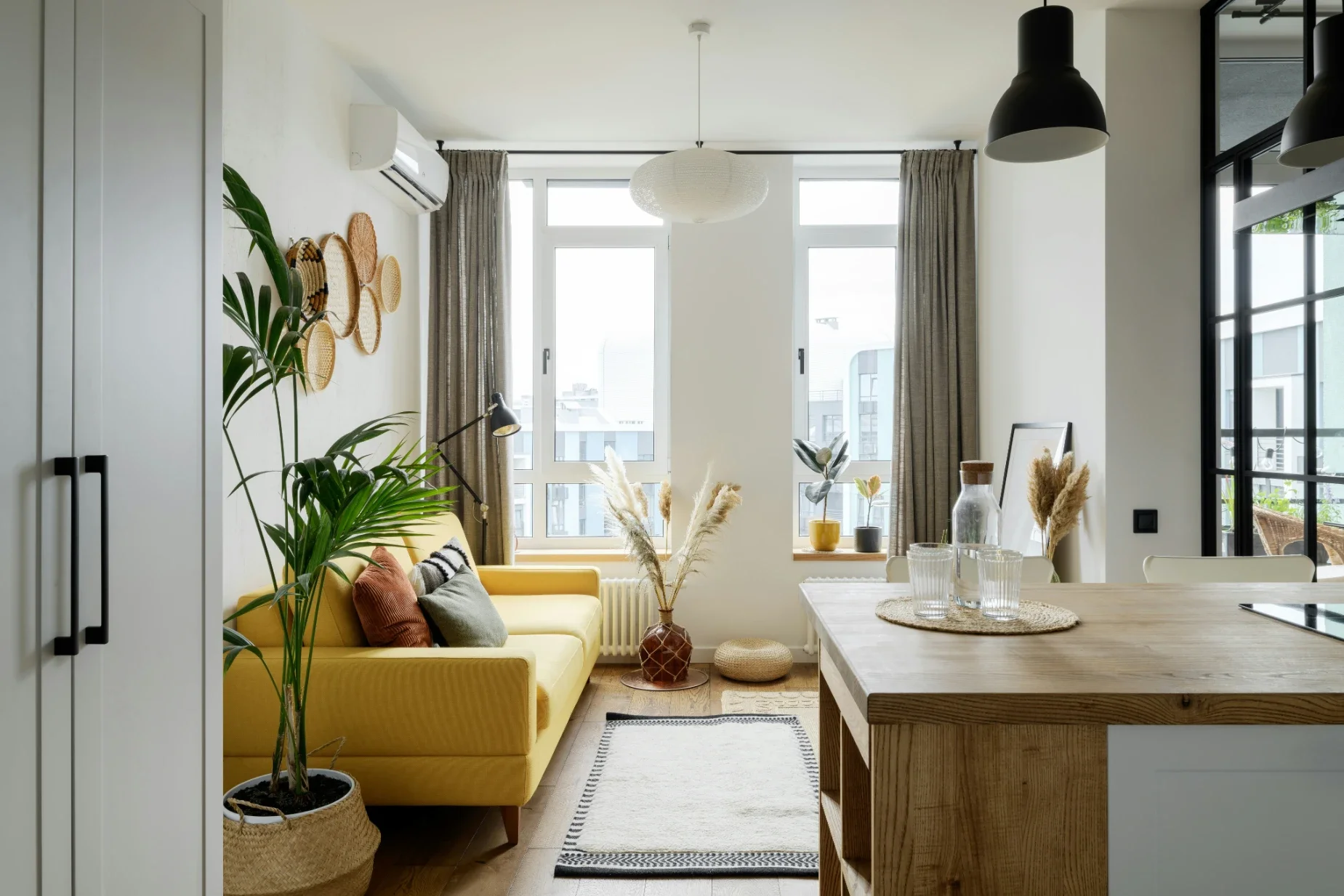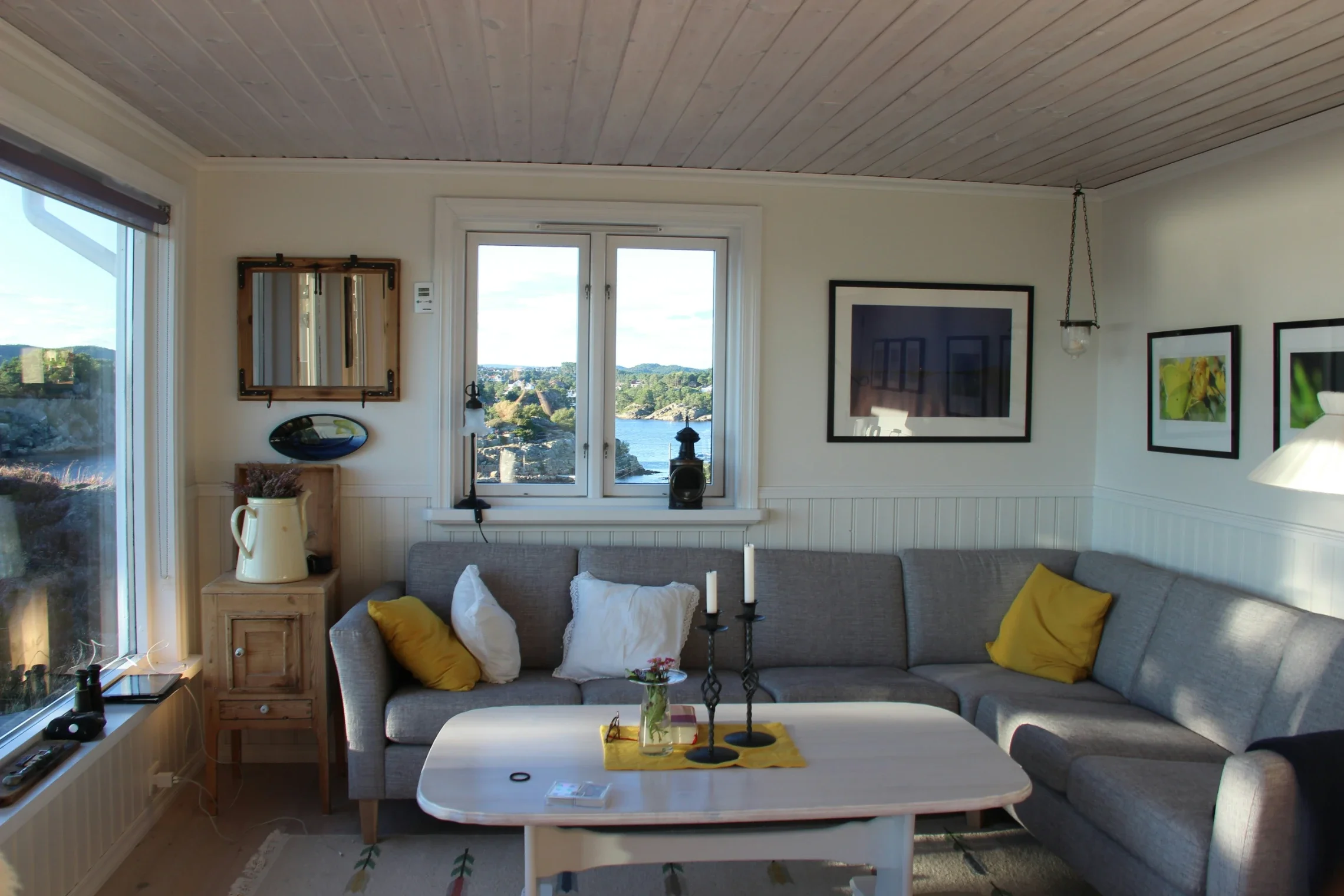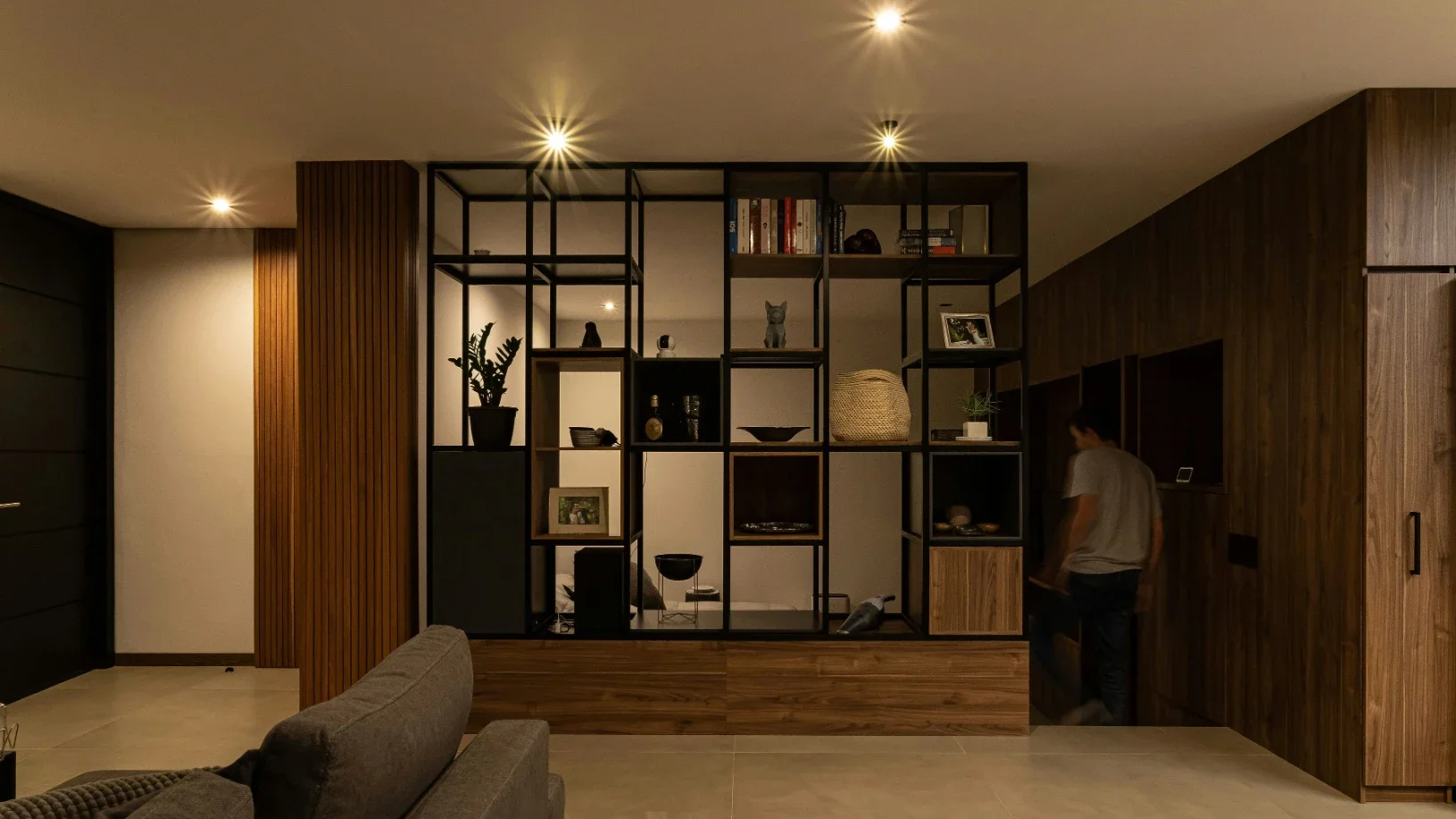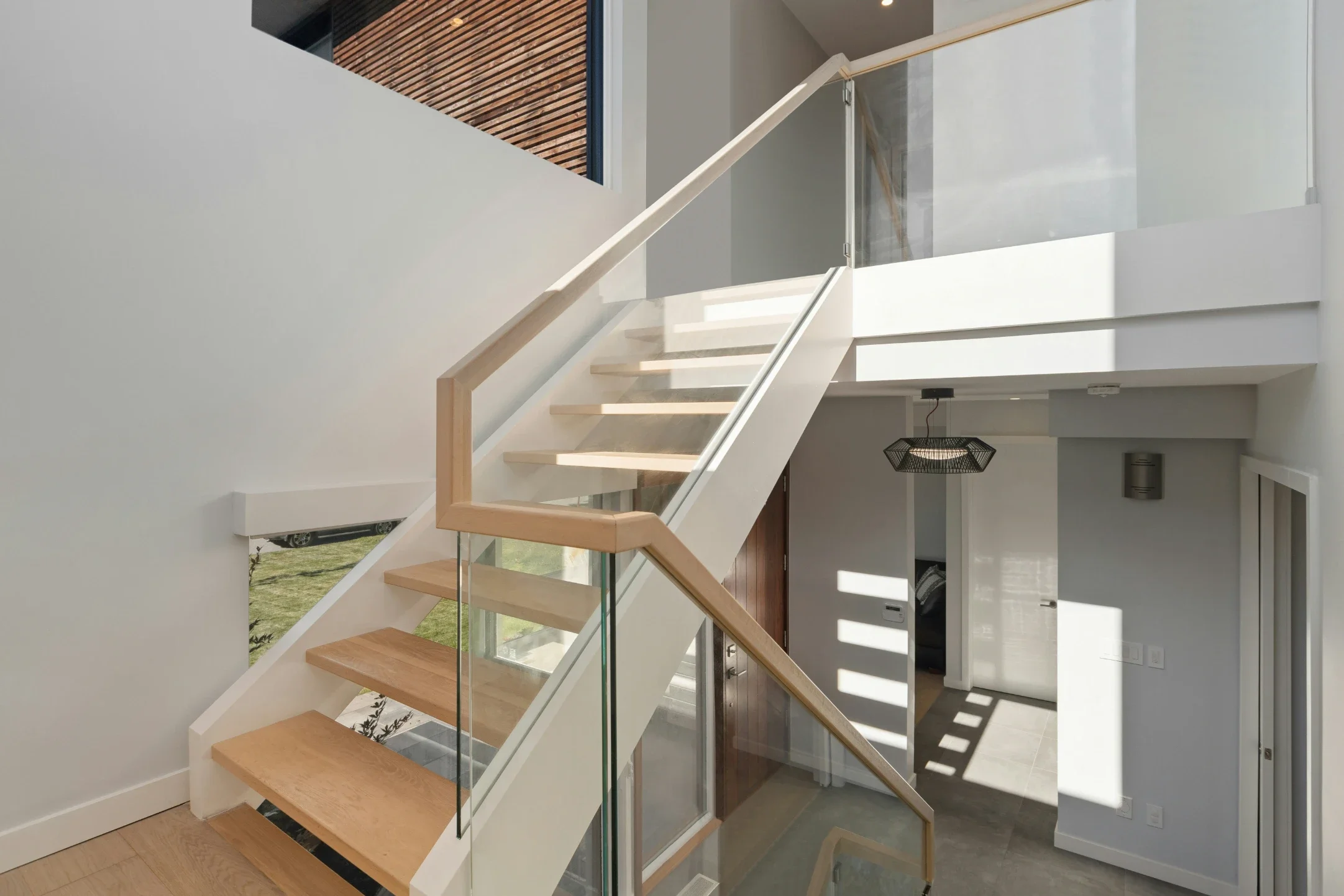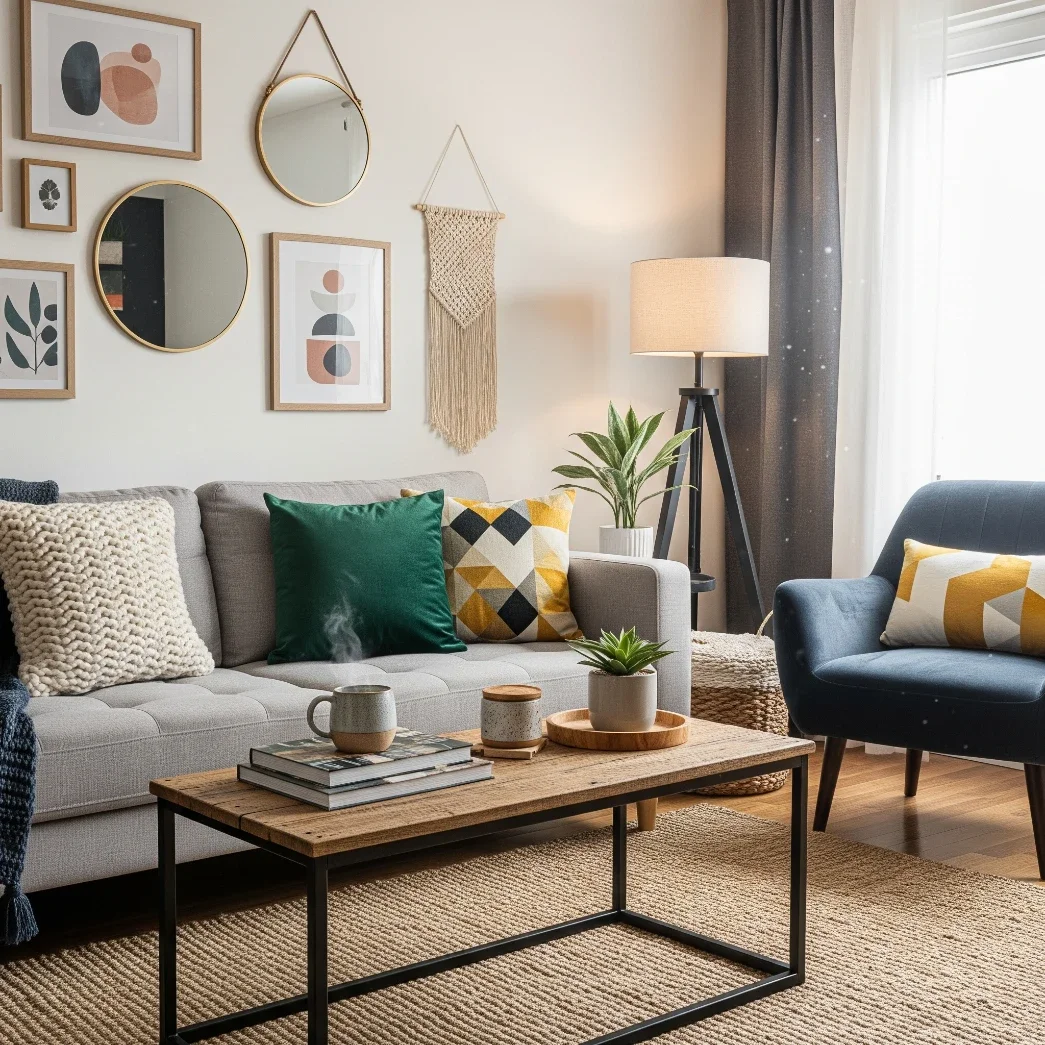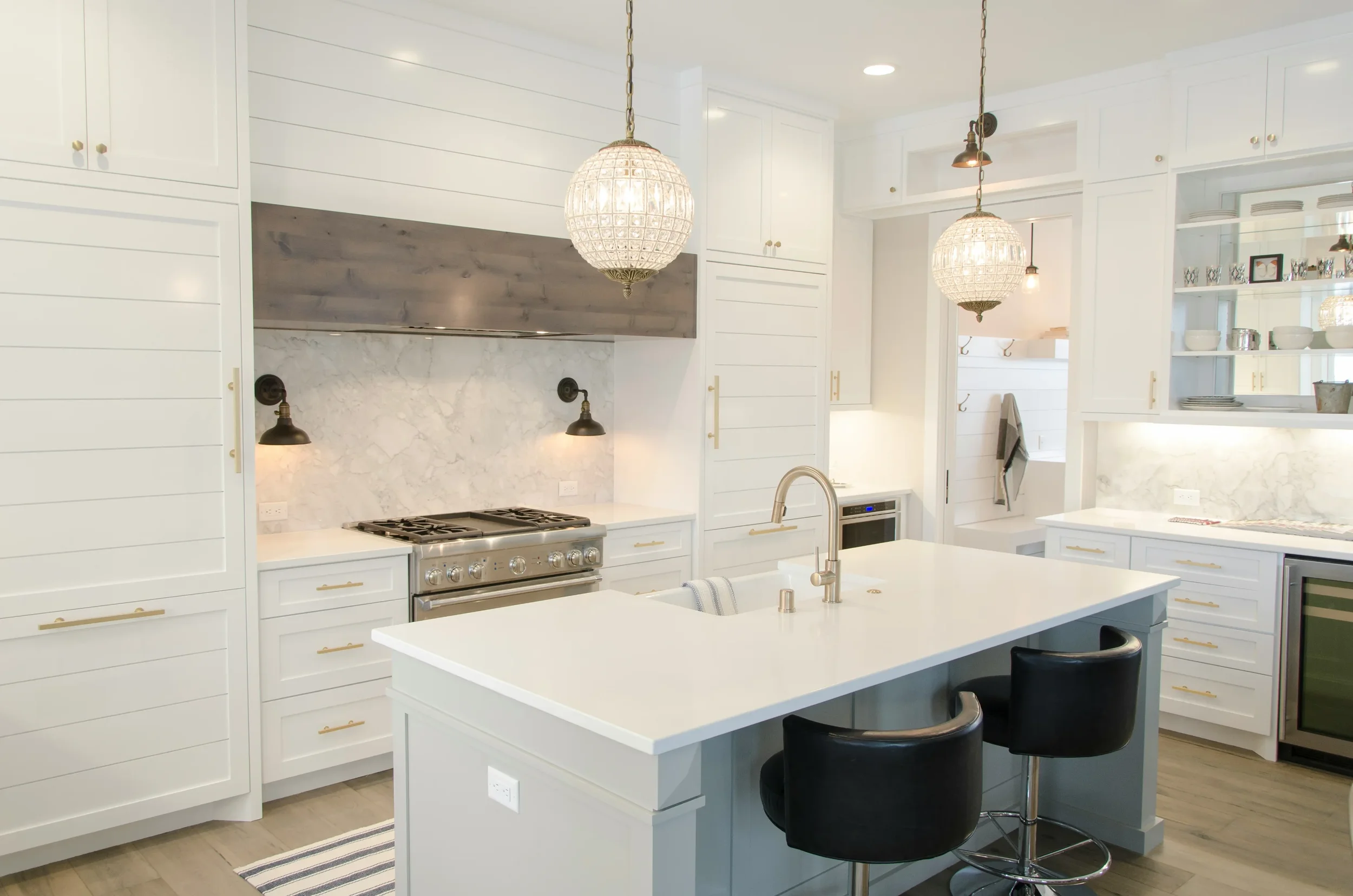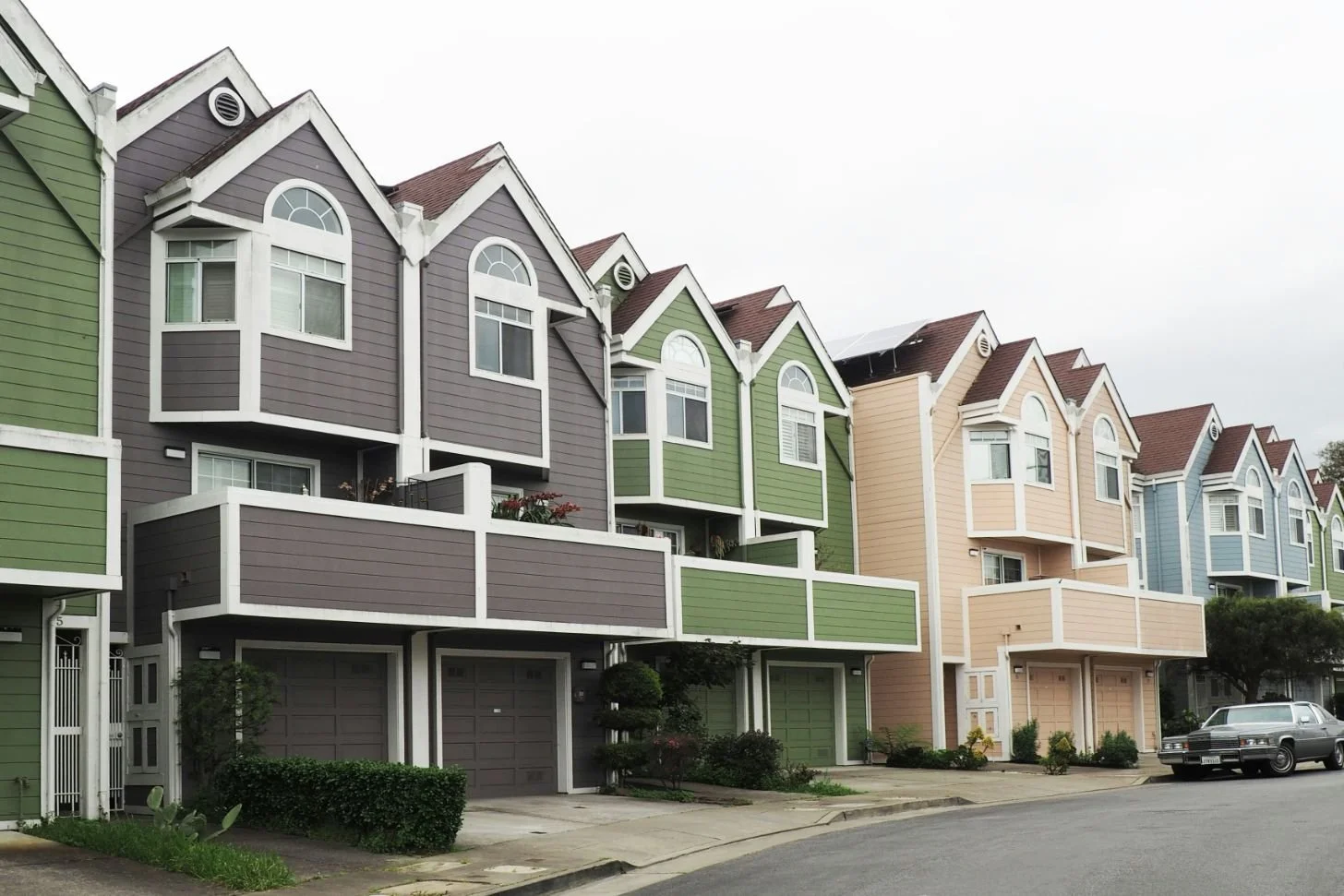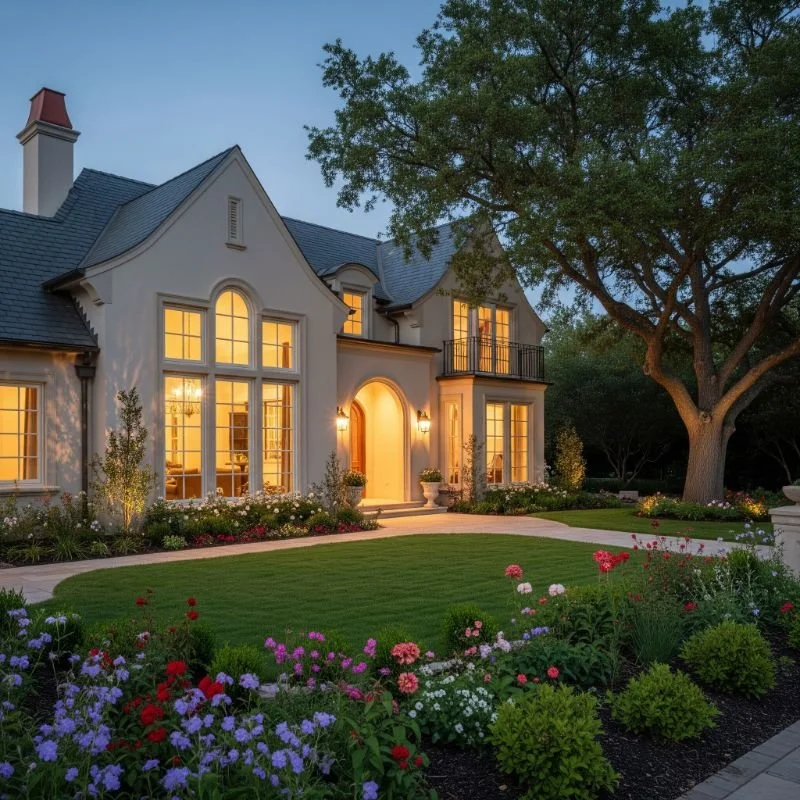Why London Homeowners Are Choosing Coving for a Timeless Finish
Discover why London homeowners are embracing coving for a timeless, elegant finish that enhances interiors with classic charm and lasting style.
When it comes to enhancing the character of a home, details make all the difference. Across London, more and more homeowners are turning to coving, a decorative moulding that bridges the gap between walls and ceilings to achieve a timeless, elegant finish. Once considered a purely traditional feature, coving has re-emerged as a must-have interior design element for both period and modern homes alike.
In this post, we’ll explore why London Coving is making such a strong comeback, the benefits it brings, and why it could be the perfect addition to your property.
A Touch of Architectural Heritage
London is renowned for its mix of historic and contemporary architecture. From Georgian terraces to Victorian townhouses, many of the city’s most desirable properties originally featured coving as a sign of craftsmanship and refinement. Installing coving today helps homeowners preserve this architectural heritage while subtly enhancing the room’s proportions.
By echoing the original design language of older homes, coving creates a sense of continuity and respect for history, making it especially popular among Londoners who value period charm.
Enhancing Modern Interiors
Coving is not just for traditional homes. In fact, one of the reasons for its surge in popularity is its ability to soften the often stark lines of modern interiors. Minimalist apartments, loft conversions, and contemporary new builds can all benefit from the graceful curves or clean angles that coving introduces.
It’s a versatile design feature that works with various aesthetics—whether you’re after ornate plaster mouldings for a statement look or sleek, simple profiles for a more subtle effect.
The Illusion of Height and Space
In a city where space is at a premium, coving offers a clever visual trick. By drawing the eye upwards and smoothing the transition between ceiling and wall, coving can make rooms appear taller and more spacious. This is especially valuable in compact London flats, where creating a sense of openness can significantly improve the feel of a room.
Boosting Property Value
Interior details like coving may seem small, but they can have a big impact on property value. Homebuyers in London often seek out properties with period features or elegant finishes, and coving ticks both boxes. By installing high-quality coving, homeowners can add an extra layer of desirability that appeals to design-conscious buyers, potentially increasing the resale value of their property.
Low-Cost, High-Impact Design
Another reason homeowners are embracing coving is its cost-effectiveness. Compared to more extensive renovations, coving offers a relatively inexpensive way to dramatically transform a room’s appearance. Whether using traditional plaster or lightweight polyurethane alternatives, coving installation is quick, affordable, and instantly impactful.
A Timeless Finish That Endures
Trends in interior design come and go, but coving has stood the test of time. Its ability to blend seamlessly into both classic and contemporary settings ensures it remains a stylish choice for decades to come. For London homeowners seeking a design feature that is both elegant and enduring, coving delivers exactly that.
Final Thoughts
From restoring period charm to enhancing modern minimalism, coving offers London homeowners a simple yet powerful way to achieve a timeless finish. It enhances space, adds value, and creates an unmistakable touch of elegance that resonates with both traditional and contemporary design.
If you’re looking to elevate your home’s interiors without undertaking a full-scale renovation, coving may just be the secret design element you need.


